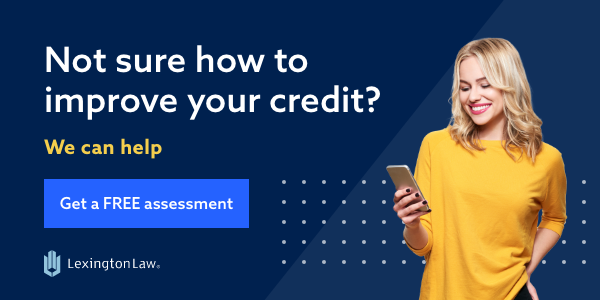
The information provided on this website does not, and is not intended to, act as legal, financial or credit advice. See Lexington Law’s editorial disclosure for more information.
The biggest difference between bankruptcy and debt relief is that bankruptcy is a legal proceeding while debt relief is handled privately.
“I just need to stick to a budget. I’ll just get a second (or third) job. I won’t answer the phone or open my mail to avoid creditors. I just need more time.”
It’s human nature to want to fix your problems by yourself, especially something as stigmatized as debt. But the truth is, if you’re in debt and facing severe consequences, outside help like bankruptcy or debt relief may be the best pathway to a fresh start.
Neither option is easy, and there will be consequences, but the credit repair professionals at Lexington Law Firm know that when it feels like you are hanging from the edge of a cliff, it’s okay to ask for help. It’s best to talk to a professional about your situation before making a life-altering decision such as bankruptcy or debt relief, but in the meantime, we’ve assembled the basics of each to help you better understand your options.
Table of contents:
- What is bankruptcy?
- Chapter 7 bankruptcy
- Chapter 13 bankruptcy
- Pros and cons of filing for bankruptcy
- When to consider bankruptcy
- What is debt relief?
- Debt relief options
- Pros and cons of debt relief programs
- When to consider debt relief
- Which is better: bankruptcy or debt relief?
| Bankruptcy | Debt Relief |
|---|---|
| Discharges eligible debt to give debtor a new start | Reorganizes debt to make it easier for the debtor to repay |
| No credit score or income required to qualify (except in Chapter 13 bankruptcy) | Handled privately between debtor, creditors and possibly a third party Not all debts qualify |
| Handled in the legal system | Options based on a credit score |
